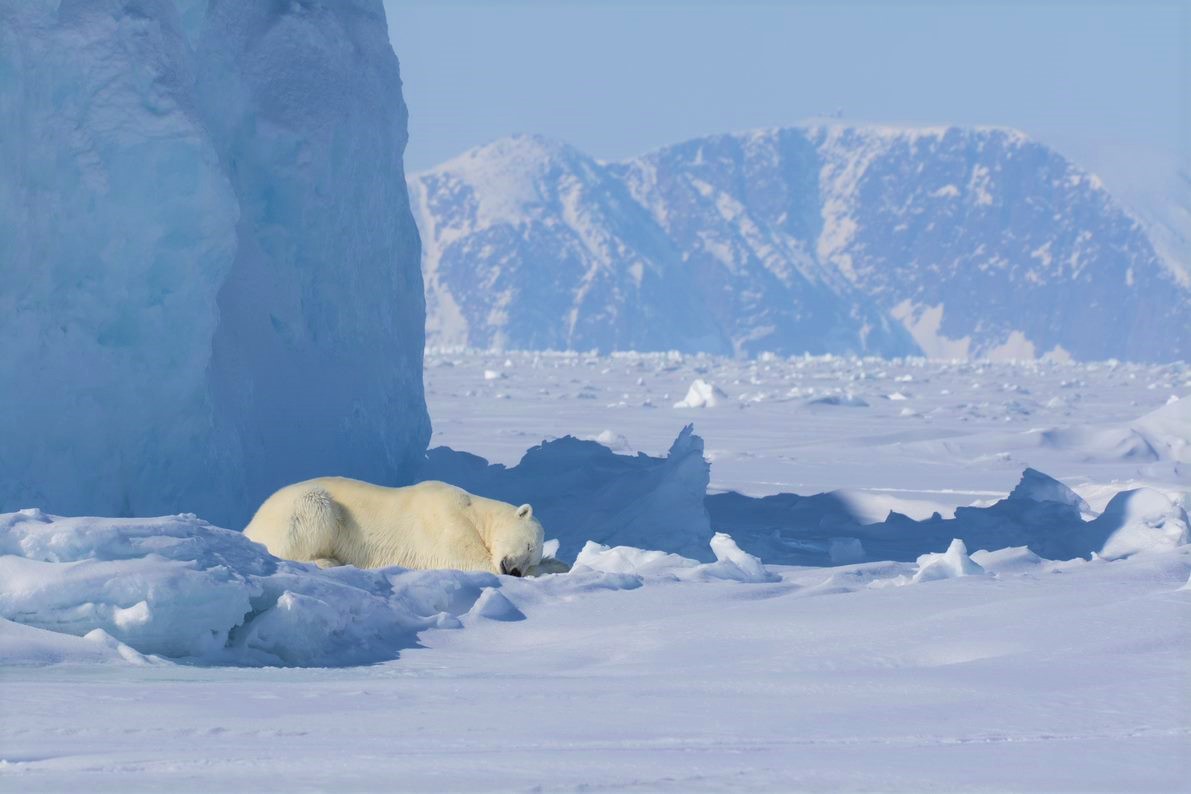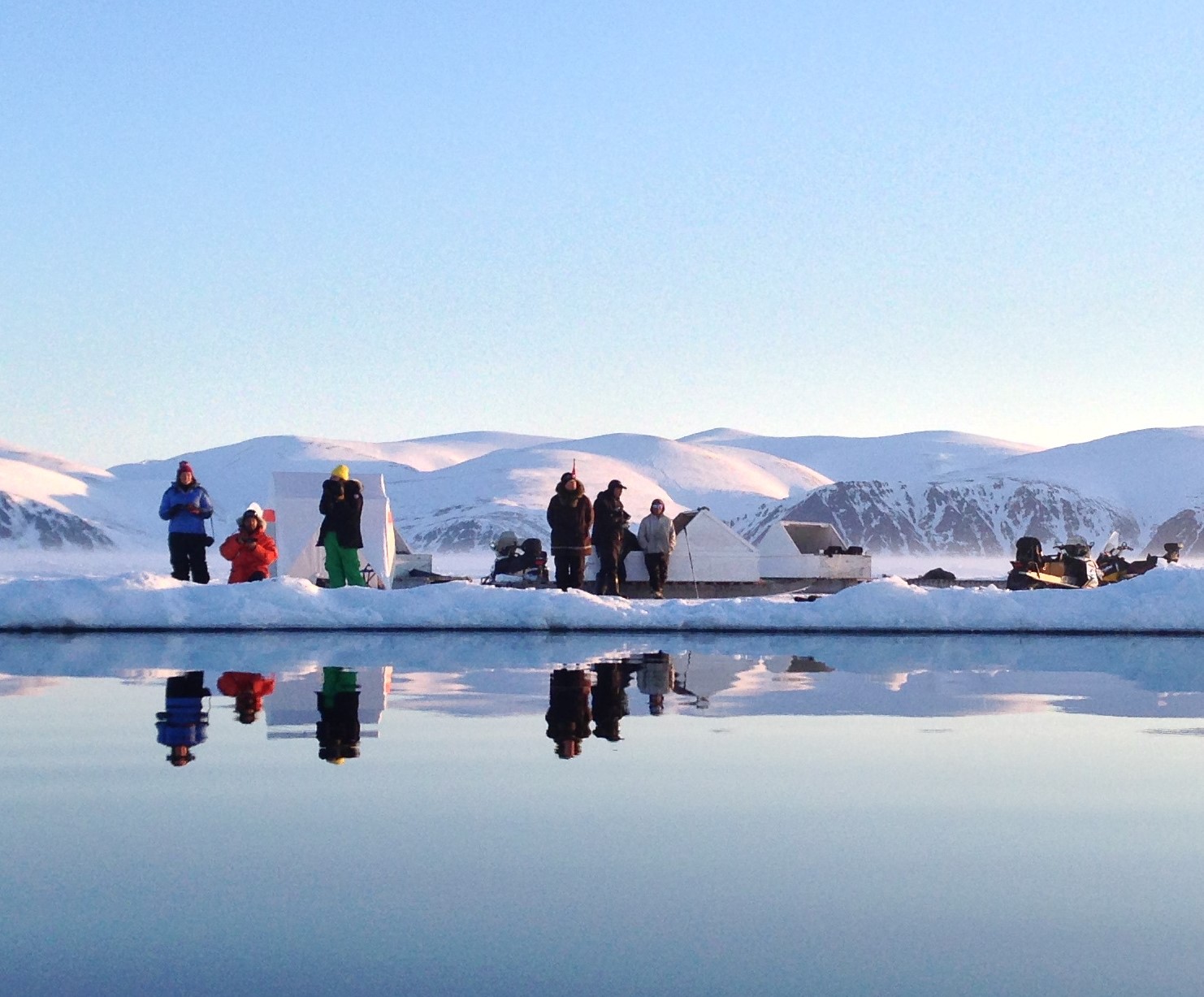When some of us think of caribou we picture the majestic migrators travelling vast distances, and when we think of reindeer we often think of Santa’s sleigh. But have you ever wondered what the differences are between reindeer and caribou?
Join us as we get to know this beautiful creature a little better!
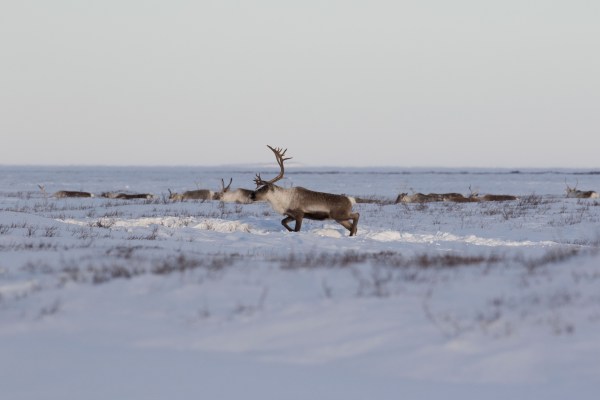
What’s The Difference?
The easy answer is that they are the same thing but by different names. The species rangifer tarandus is generally called ‘caribou’ in North America; while in northern Europe, and Asia they are called ‘reindeer.’
Are there any actual differences?
The biggest differences are in how the regions they roam have shaped their development.
Caribou are known for their enormous migrations across Canada and Alaska’s expansive territories. Sometimes travelling 4,800 km (3,000 mi) over a year in search of food sources. This long migration has meant that caribou are slightly taller and have longer limbs.
With reindeer, a big differentiator is that in parts of Scandinavia and Russia, they have been domesticated. In fact, often when the species is domesticated it becomes a ‘reindeer,’ as you may see from North American’s calling Santa’s helpers his reindeer.
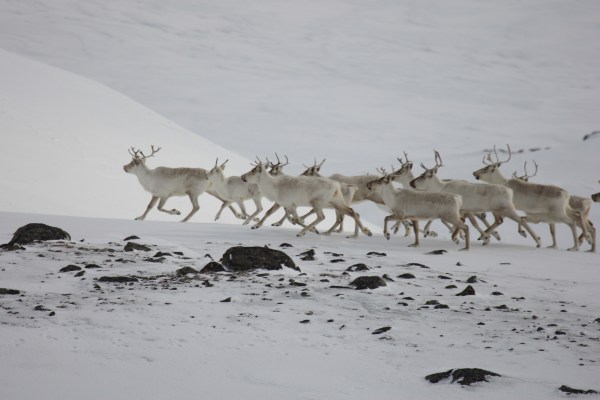
Fast Facts
COMMON NAME: Caribou (Reindeer)
SCIENTIFIC NAME: Rangifer tarandus
TYPE: Mammals
DIET: Herbivore
GROUP NAME: Herd
AVERAGE LIFE SPAN IN THE WILD: 15 years
SIZE: 4 to 5 feet at the shoulder
WEIGHT: 240 to 700 pounds
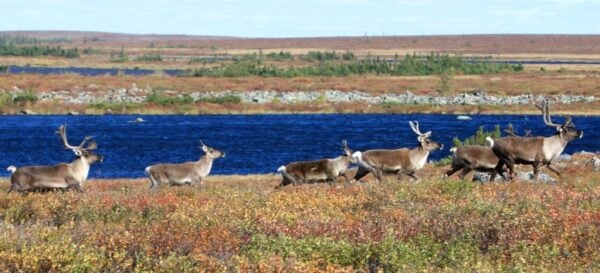
But Did You Know?
Notes: To avoid confusion, as a Canadian wildlife tour company, we will be referring to them as ‘caribou.’
An Umbrella Species
What is an umbrella species?
This is a designated species that assist in the conservation of a larger group of animals and plants. A way of thinking about it is, they give more than they take and that is fantastic for their ecosystems.
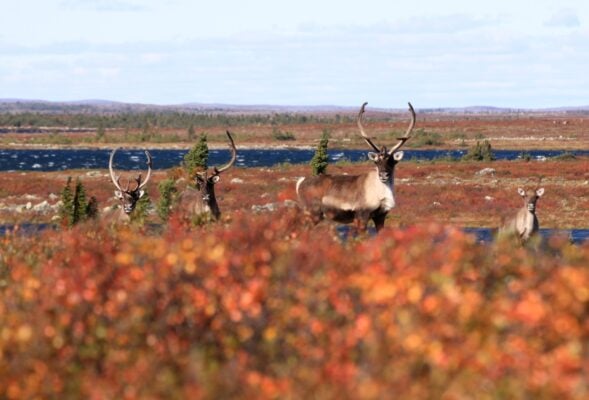
For example, because they are on the move following migratory routes they never over-consume a single area. So, as they eat the grasses, mosses, and lichen they then produce droppings that distribute plant seeds further away, acting like a bee pollinating a larger area than the original flower. And those droppings, while smelly, provide incredible nutrients for the soil, vegetation, and ecosystems that the herds of caribou pass through.
The fact that they’re herbivores means that they are in the middle of the circle of life. They offer food for animal predators and human communities while eating only vegetation that will grow back after they move on.
Antlers
Did you know that caribou are the only member of the deer family where both the males and females have antlers?
There is real practical use to antlers and caribou will use them for digging up grass seeds and lichens or like a snowplow in winter as they make a trail.
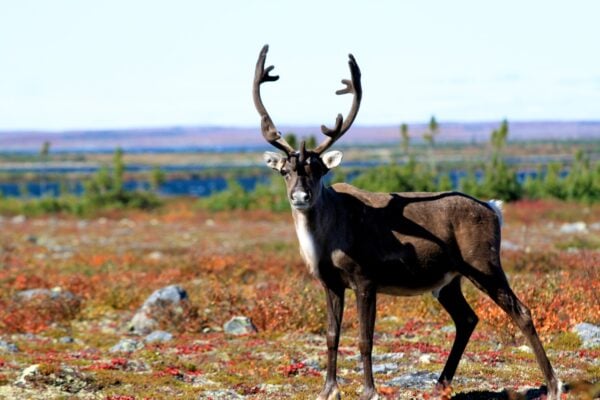
They are also commonly used for protection against predators and most notably, they are important for competing during their mating season from September to November.
Males will wear larger antlers and will be at their extent during mating season so they can compete with other males for rutting privileges.
Newborns
With the mating season ending in November, pregnancy will last about 7.5 months.
Waiting until there is less snow and more food, newborns will begin to appear from the beginning of May through to June.
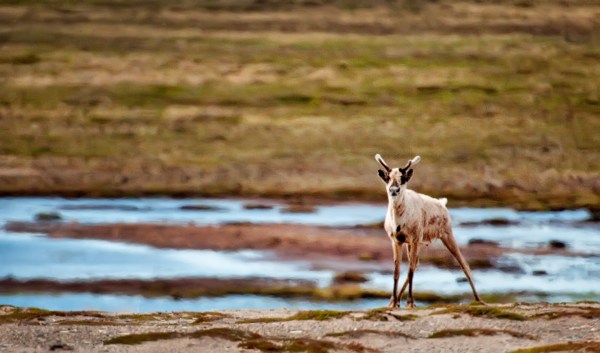
The newborn calf is able to stand within minutes of its birth and by the next day can run alongside their mother. They will start to seek independence after about a year and a half.
Hooves
Did you know that their hooves act as snowshoes in winter and flippers in the water?
Their hooves are hollowed and have a cloven shape to them. Their hollow hooves mean that they are lighter for walking through snow and easier to go long distances.
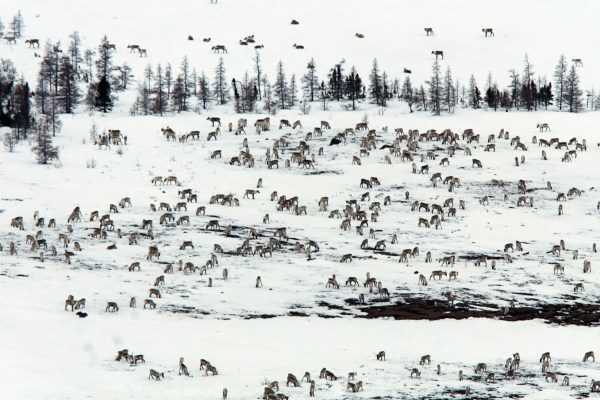
The cloven shape offers more surface areas to distribute their weight in the snow or to paddle through the water. It also offers more edges than a horseshoe-shaped hoof and those edges help them dig up snow and dirt for access to vegetation.
Fur Coat
You must be wondering, but how do they stay warm so far north?
The answer is their clever two layers of fur. They have an outer layer that is tougher and really keeps them warm, while their undercoat is softer and seems woolly.
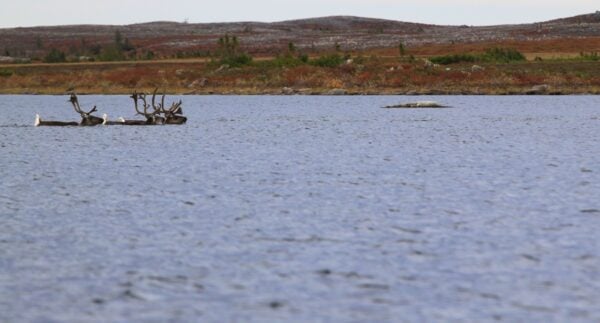
Their hair also contains air pockets that help insulate the animal depending on whether they are warm or cold. These air pockets also help the caribou swim providing some buoyancy.
While their winter coat does a great job keeping them warm, they are known to have trouble with the amount of bugs during the summer. But who doesn’t?
A Warning Scent
There is a lot of safety that comes from travelling in a herd, but there is one unique feature that is truly wild!
At the base of their ankles is a scent gland. When the caribou notice a predator or feel in danger they will rear their back legs up and release this scent. The other caribou will smell it and become alert.
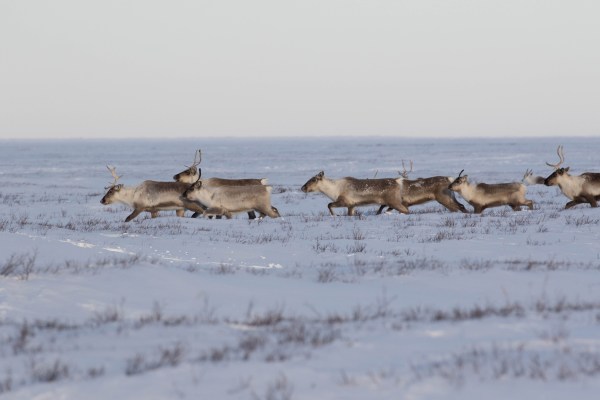
Interested In Seeing Caribou
If you want to see caribou then please talk to one of our Arctic Advisors or find an Arctic Trip that fits your interests. Each trip is filled with bucket list activities and opportunities to view and photograph some of the Arctic’s most iconic wildlife.
Experience The Arctic On A Safari
Get chances to view elusive Arctic wildlife and experience the majesty of the Arctic on safaris almost year-round. View all Arctic Safaris here.
Ready for adventure? Contact our Arctic Travel Advisors to book.
Are you still curious about the many wonders of the Arctic or looking for more interesting content then explore more blogs here!
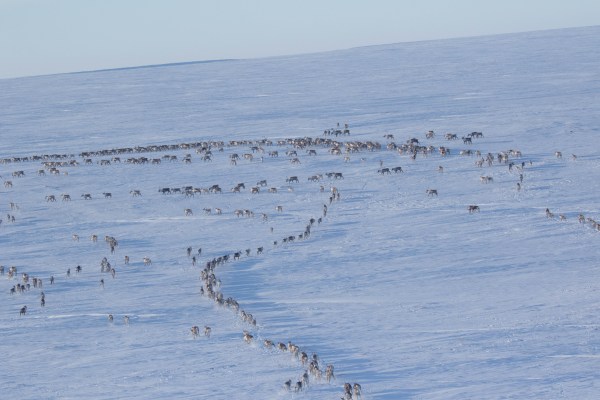
By: Mat Whitelaw


